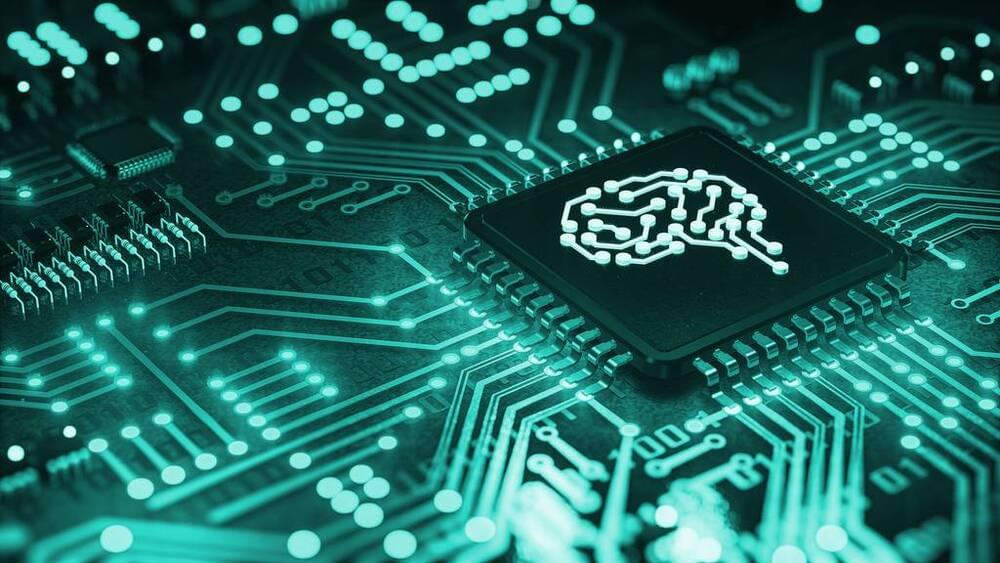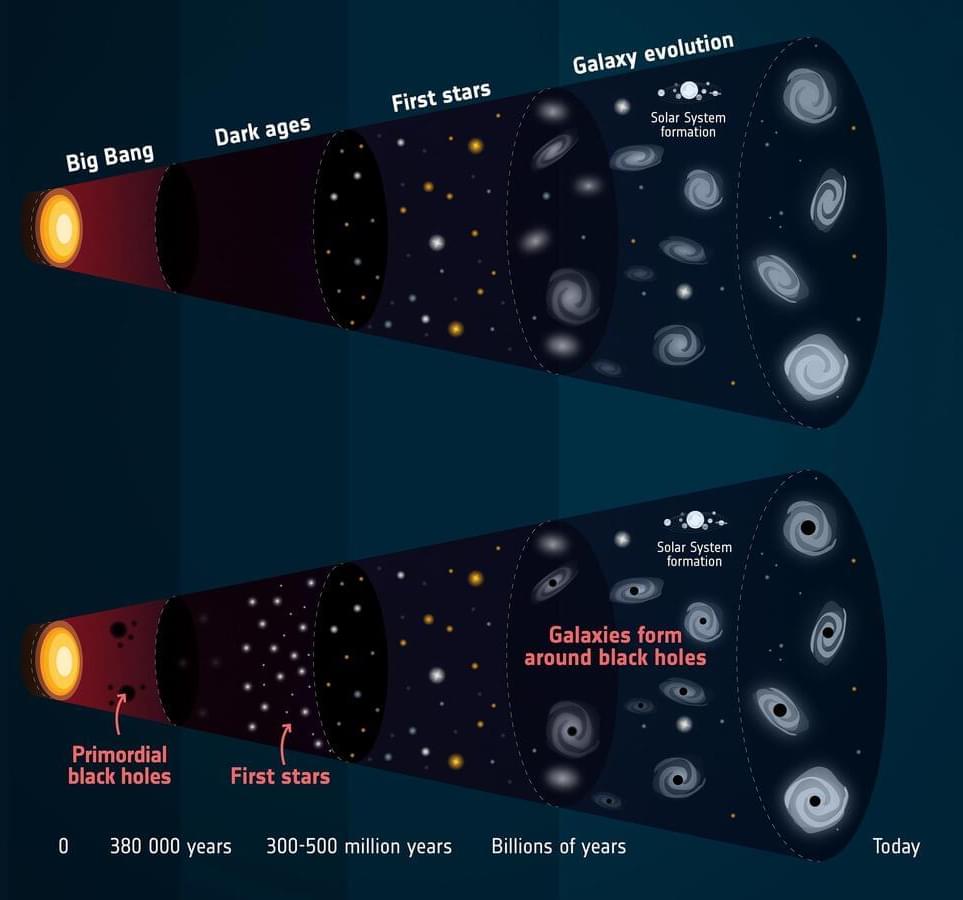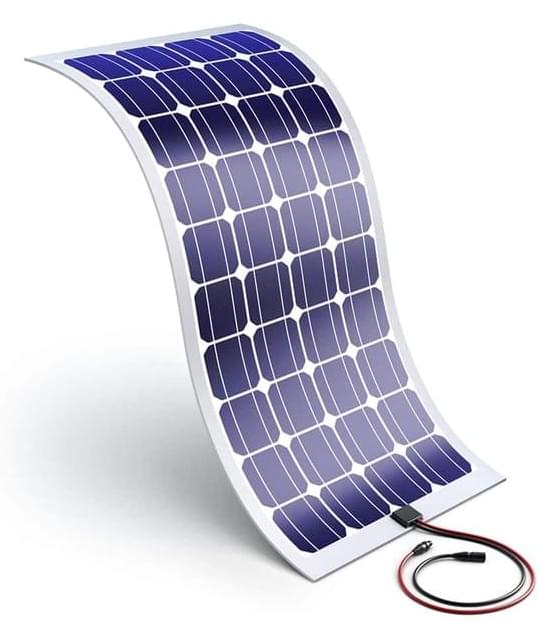The 24thSpaceX cargo resupply services mission, targeted to launch in late December from NASA’s Kennedy Space Center in Florida, carries scientific research and technology demonstrations to the International Space Station. The experiments aboard include studies of bioprinting, crystallization of monoclonal antibodies, changes in immune function, plant gene expression changes, laundering clothes in space, processing alloys, and student citizen science projects.
Get the latest international news and world events from around the world.

Orbital Insight to build AI for intelligence community based on artificial data
WASHINGTON – The National Geospatial-Intelligence Agency has selected a team of commercial and academic partners to build an artificial intelligence system with synthetic data, which will further help the agency determine how it builds machine learning algorithms moving forward.
Orbital Insight was issued a Phase II Small Business Innovation Research contract by the NGA, the company announced. Dec. 16. It will collaborate with Rendered.ai and the University of California, Berkeley, to develop a computer vision model.
As the organization charged with analyzing satellite imagery for the intelligence community, NGA has put increased emphasis on using AI for its mission. The agency sees human-machine pairing as critical for its success, with machine learning algorithms taking over the rote task of processing the torrent of satellite data to find potential intelligence and freeing up human operators to do more high level analysis and tasks.


SpaceX to replicate Starbase, build multiple Starship launch pads in Florida
Less than two weeks after CEO Elon Musk revealed that SpaceX has restarted construction of a Starship launch site at Kennedy Space Center’s existing LC-39A pad, NASA has revealed the company’s plans for an entirely different Starship launch site just a few miles to the north.
Known as Launch Complex 49 (LC-49) and located where NASA once considered building LC-39C, a third Saturn-class pad to match 39A and 39B, NASA now says that SpaceX aims to develop the site into a dedicated Starship launch pad. The plot of land NASA deemed LC-49 as recently as 2017 sits about 1 mile (1.6 km) northwest of NASA’s LC-39B Space Launch System (SLS) pad and 3 miles (5 km) northwest of LC-39A, which SpaceX has leased since 2014 and launched out of since 2017. Unlike 39A, though, SpaceX has a huge amount of work – and major environmental reviews – ahead of it to turn LC-49 into a site capable of launching a rocket more than twice as powerful as Saturn V.
As of today, “LC-49” amounts to a mostly arbitrary dotted line on a map. Situated a few thousand feet south of the lovingly named Mosquito Lagoon Aquatic Preserve and Canaveral Seashore National Park, the site encompasses a variety of wild wetlands and is fully undeveloped. While substantially wetter, the land SpaceX hopes to develop is actually quite similar to the site that now hosts Starbase’s Starship launch facilities in Boca Chica, Texas. Prior to SpaceX’s arrival, the area was empty coastal mudflats.

“The Google Earth of Biology” — Visually Stunning Tree of All Known Life Unveiled Online
OneZoom is a one-stop site for exploring all life on Earth, its evolutionary history, and how much of it is threatened with extinction.
The OneZoom explorer – available at onezoom.org – maps the connections between 2.2 million living species, the closest thing yet to a single view of all species known to science. The interactive tree of life allows users to zoom in to any species and explore its relationships with others, in a seamless visualisation on a single web page. The explorer also includes images of over 85,000 species, plus, where known, their vulnerability to extinction.
OneZoom was developed by Imperial College London biodiversity researcher Dr. James Rosindell and University of Oxford evolutionary biologist Dr. Yan Wong. In a paper published today in Methods in Ecology and Evolution, Drs Wong and Rosindell present the result of over ten years of work, gradually creating what they regard as “the Google Earth of biology.”

Black Holes Could Be Dark Matter — And May Have Existed Since the Beginning of the Universe
Did black holes form immediately after the Big Bang? How did supermassive black holes form? What is dark matter? In an alternative model for how the Universe came to be, as compared to the ‘textbook’ history of the Universe, a team of astronomers propose that both of these cosmic mysteries could be explained by so-called ‘primordial black holes’. In the graphic, the focus is on comparing the timing of the appearance of the first black holes and stars, and is not meant to imply there are no black holes considered in the standard model. Credit: ESA.

How Wearable AI Will Amplify Human Intelligence
Imagine that your team is meeting to decide whether to continue an expensive marketing campaign. After a few minutes, it becomes clear that nobody has the metrics on-hand to make the decision. You chime in with a solution and ask Amazon’s virtual assistant Alexa to back you up with information: “Alexa, how many users did we convert to customers last month with Campaign A?” and Alexa responds with the answer. You just amplified your team’s intelligence with AI. But this is just the tip of the iceberg.
Intelligence amplification is the use of technology to augment human intelligence. And a paradigm shift is on the horizon, where new devices will offer less intrusive, more intuitive ways to amplify our intelligence.
Hearables, or wireless in-ear computational earpieces, are an example of intelligence amplification devices that have been adopted recently and rapidly. An example is Apple’s AirPods, which are smart earbuds that connect to Apple devices and integrate with Siri via voice commands. Apple has also filed a patent for earbuds equipped with biometric sensors that could record data such as a user’s temperature, heart rate, and movement. Similarly, Google’s Pixel Buds give users direct access to the Google Assistant and its powerful knowledge graph. Google Assistant seamlessly connects users to information stored in Google platforms, like email and calendar management. Google Assistant also provides users with highly-personalized recommendations, helps automate personal communication, and offloads monotonous tasks like setting timers, managing lists, and controlling IoT devices.

Chinese Spies Accused of Using Huawei in Secret Telecom Hack
The U.S. government has warned for years that products from Chinese tech giant Huawei Technologies Co. pose a national security risk. Now, a Bloomberg investigation has found a key piece of evidence explaining why. Bloomberg’s Jamie Tarabay reports on “Bloomberg Daybreak: Asia.”